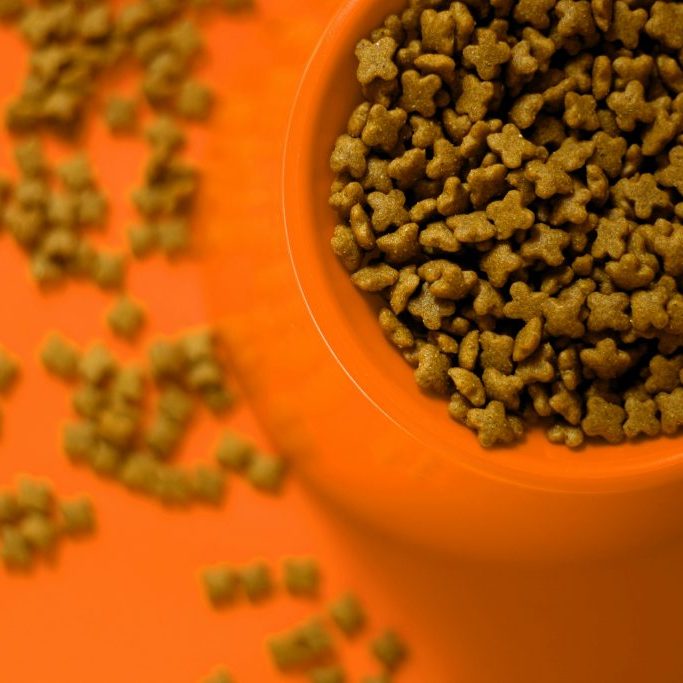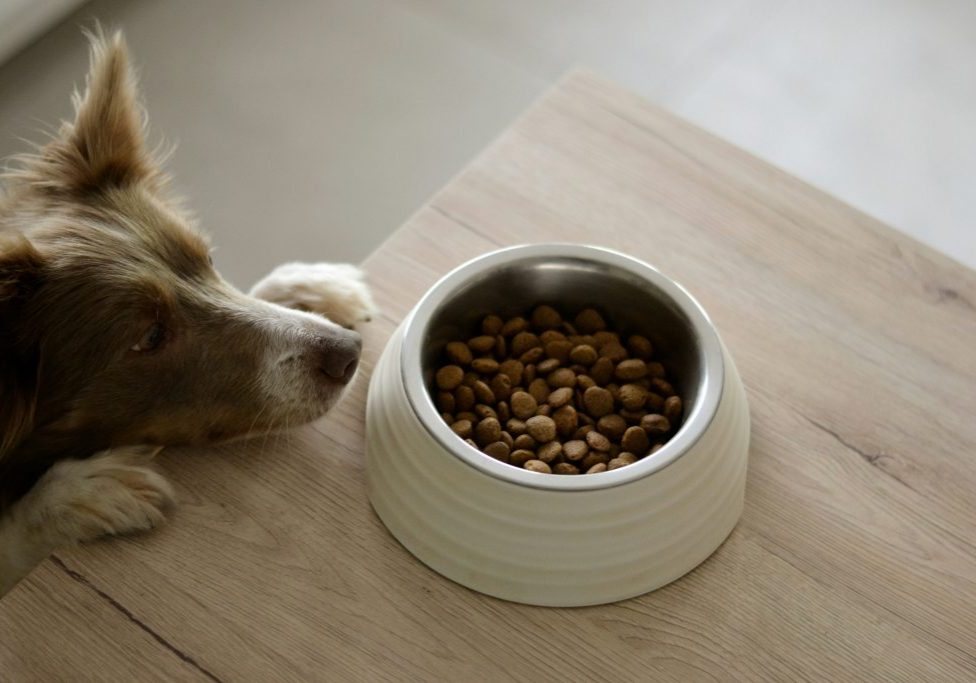The Adult Dog Food Complete Guide

hwllo-sniffer.co.uk/the-adult-dog-food-complete-guide
December 5, 2024
Sniffer_Admin
When your bouncy puppy starts to grow into a mature dog, their nutritional needs change. Transitioning to adult dog food is an important milestone, and making the right choice can ensure your dog thrives well into adulthood. But with so many options on the market, how do you know what’s best for your furry friend? Don’t worry—this guide has got you covered.
When Should You Switch to Adult Dog Food?
One of the most common questions dog owners have is: When is my puppy officially an adult? The answer depends largely on your dog’s breed and size.
- Small Breeds (like Chihuahuas or Dachshunds): Usually mature around 9-12 months.
- Medium Breeds (like Cocker Spaniels or Border Collies): Typically mature by 12-15 months.
- Large Breeds (like Labradors or German Shepherds): Often mature at 15-18 months.
- Giant Breeds (like Great Danes or Saint Bernards): May not fully mature until 18-24 months.
If you’re unsure, your vet can help you determine the right time to make the switch.
Why Does It Matter?
Puppy food is designed to support rapid growth, packed with higher calories, protein, and fat. Once your dog reaches adulthood, sticking with puppy food can lead to unnecessary weight gain and nutritional imbalances.
Adult dog food, on the other hand, is specifically formulated to maintain a healthy weight and support steady energy levels. It’s all about keeping your dog in their prime without overloading them.
Understanding Dog Food Labels
Dog food packaging can feel like a minefield of buzzwords and claims. Here’s what you really need to pay attention to:
- Complete and Balanced: This means the food meets the nutritional standards set by the FEDIAF (European Pet Food Industry Federation). Always look for this statement.
- Ingredients List: Ingredients are listed by weight. Look for high-quality proteins (like chicken, lamb, or salmon) as the first ingredient.
- Guaranteed Analysis: This shows the percentages of protein, fat, fibre, and moisture. Adult dogs typically need food with moderate protein and fat levels.
- Life Stage: Make sure the food is labelled for “Adult Maintenance” or “All Life Stages” (though the latter may not be ideal for all adult dogs).
Types of Dog Food
Dog food comes in various forms, and each has its pros and cons. Choosing the right type depends on your dog’s preferences, your budget, and your lifestyle.
- Dry Kibble:
The most popular choice, dry kibble is convenient, cost-effective, and good for dental health as it helps reduce plaque buildup. - Wet Food:
Packed with flavour and moisture, wet food is great for picky eaters or dogs who don’t drink much water. However, it can be more expensive and doesn’t offer the same dental benefits as kibble. - Raw Diets:
Some owners swear by raw diets, which include raw meat, bones, and vegetables. While it mimics a dog’s ancestral diet, it requires careful preparation to ensure it’s nutritionally complete and free from harmful bacteria. - Homemade Meals:
If you’re up for the challenge, you can cook for your dog at home. Just make sure you consult a vet or canine nutritionist to ensure your recipes provide all essential nutrients.
How Much Should You Feed?
Portion sizes depend on your dog’s weight, activity level, and the calorie density of the food. Most dog food packages include a feeding guide as a starting point, but these are just guidelines.
Keep an eye on your dog’s body condition:
- You should be able to feel their ribs without pressing hard.
- From above, they should have a noticeable waistline.
- From the side, their abdomen should tuck up slightly behind their ribs.
If you’re unsure, your vet can help you tailor a feeding plan to your dog’s specific needs.
Special Dietary Considerations
Just like people, dogs can have unique dietary needs based on their health, breed, or lifestyle.
- Sensitive Stomachs: Some dogs need hypoallergenic or grain-free diets to avoid digestive issues.
- Active Dogs: Working or highly active dogs may need food with extra calories and protein to fuel their energy.
- Overweight Dogs: Weight-control formulas with fewer calories and added fibre can help with healthy weight loss.
Rotational Feeding: Should You Mix It Up?
There’s a growing trend toward rotational feeding—switching between different proteins or brands to provide variety. While this isn’t necessary, some owners find it helps prevent food boredom and can reduce the risk of developing food sensitivities.
If you decide to rotate, introduce new foods gradually over 7-10 days to avoid upsetting your dog’s stomach.
Common Pitfalls to Avoid
It’s easy to fall into certain traps when choosing adult dog food. Here are a few to watch out for:
- Overfeeding: Treats count too! Overfeeding, even slightly, can lead to weight gain over time.
- Ingredient Fads: Grain-free or exotic ingredients may sound appealing but aren’t always necessary unless your dog has a specific allergy or intolerance.
- Ignoring Age or Size Needs: Make sure the food is appropriate for your dog’s breed size and age. Small breeds have different needs than large breeds, even as adults.
Transitioning to Adult Food
Switching foods too quickly can lead to upset stomachs and messy clean-ups (no one wants that). Here’s a simple plan to transition smoothly:
- Days 1-2: Mix 75% puppy food with 25% adult food.
- Days 3-4: Mix 50% puppy food with 50% adult food.
- Days 5-6: Mix 25% puppy food with 75% adult food.
- Day 7: Feed 100% adult food.
Monitor your dog closely during this time for any signs of discomfort or changes in appetite.
Final Thoughts
Choosing the right adult dog food is about more than just picking a bag off the shelf—it’s about supporting your dog’s health and happiness for years to come. Take your time, read labels, and don’t hesitate to ask your vet for recommendations.
At the end of the day, the best food for your dog is one they enjoy, that keeps them healthy, and that fits your budget. Happy feeding!









